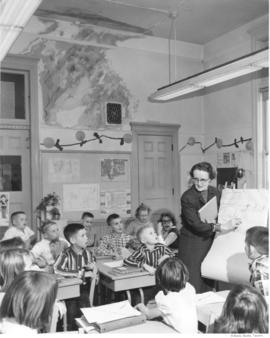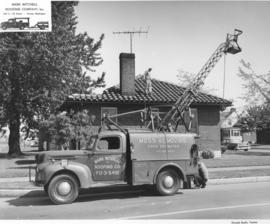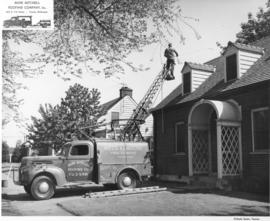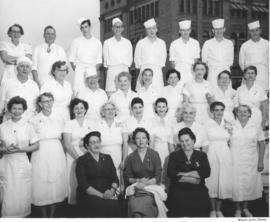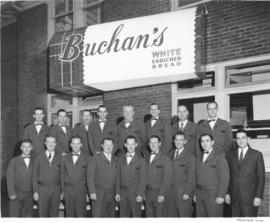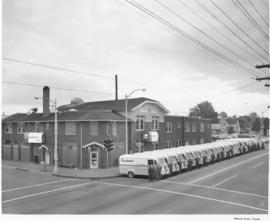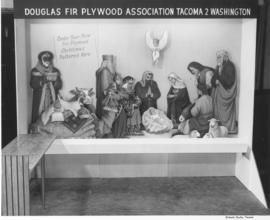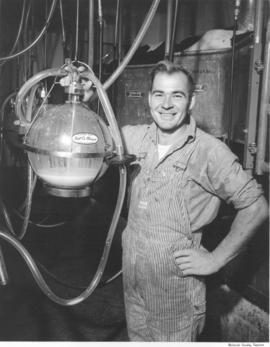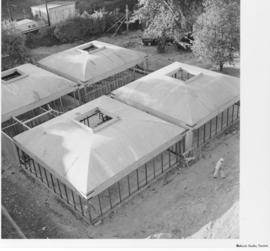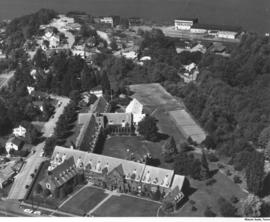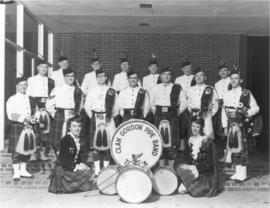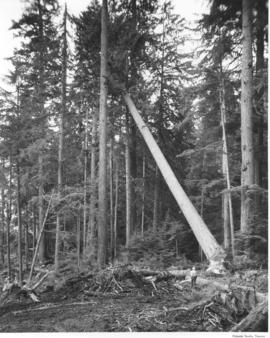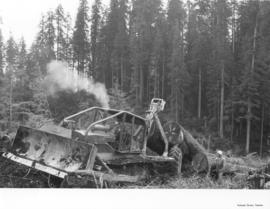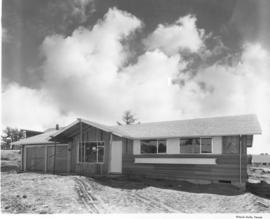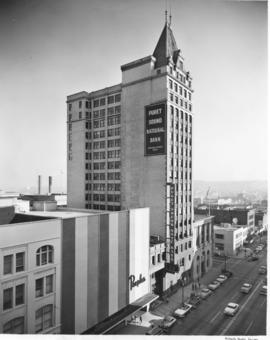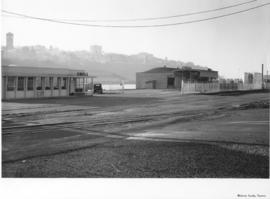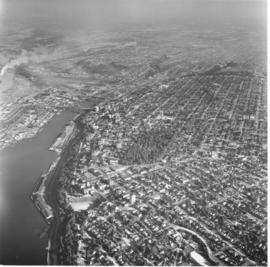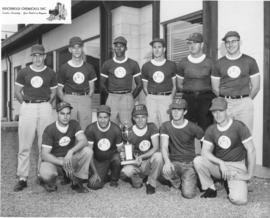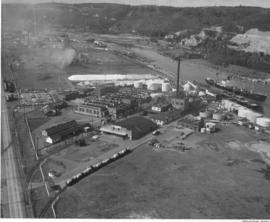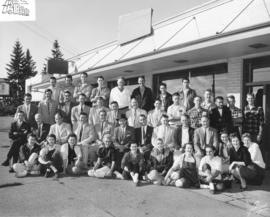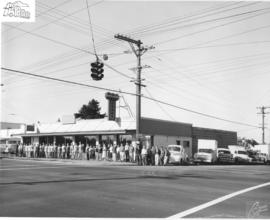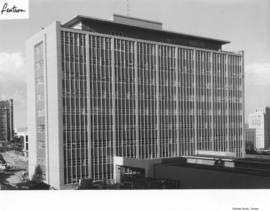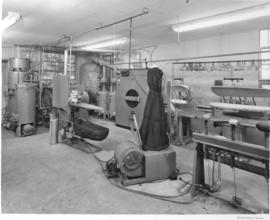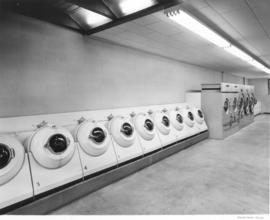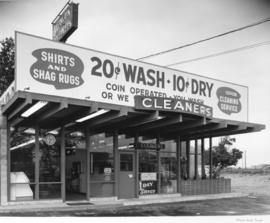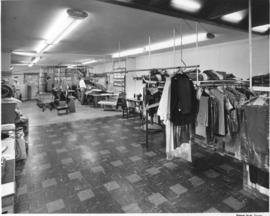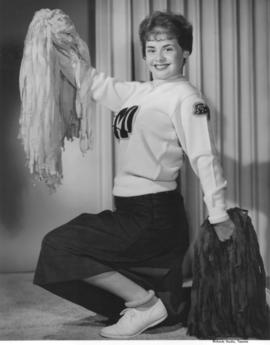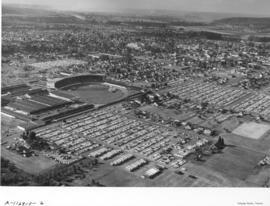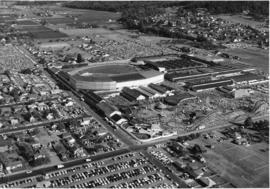- Item
- 1958-10-20
Part of Richards Studio Photographs
Bryant Elementary School had been in existance since 1891 at its location on Ainsworth Avenue. Named after poet William Cullen Bryant, it was a beautiful three-story building that housed both high school and elementary students. 125 students graduated from Bryant during the school's first eight years. By 1958, however, the school was slowly deteriorating. The Citizens Committee for School Support requested photographs be taken in October, 1958, to show the badly water damaged walls of the school. Elementary students are shown paying apt attention to their teacher and her cursive lesson with a backdrop of heavily stained walls. Bryant Elementary was to close in 1961. The old school was razed and a new Bryant emerged nearby on Grant Avenue. (Olsen: For the Record, p. 65) TPL-10141
Bryant Elementary School (Tacoma); Public schools--Tacoma--1950-1960; Classrooms; School children--Tacoma--1950-1960; Teachers--Tacoma--1950-1960;
